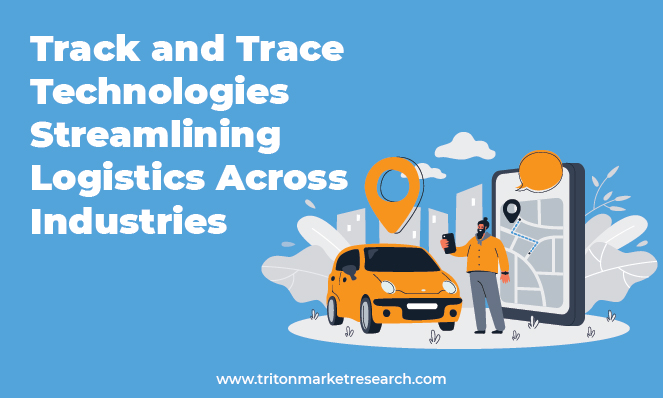



14, September 2021

From faulty equipment to perished goods, these issues have led to product recalls across various industries, leading to financial as well as brand damage. In such a scenario, track and trace solutions bridge the gap between logistics and the digital world by ensuring real-time location tracking and timestamp. The adoption of traceability solutions, such as RFID and barcodes, has closed information gaps in the supply chain across pharmaceutical, food, healthcare, and manufacturing industries. Our study estimates the global track and trace solutions will observe a 12.75% of growth rate between 2019 and 2028.
On the other hand, several governments have implemented measures to reduce product diversion and drug counterfeiting. This has resulted in implementing standards for serialization and aggregation across China, Turkey, the US, and India. For instance, China Food and Drug Administration serialization requirements mandate the use of government-issued serial numbers reported to the central government database.
Considering the COVID-19 outbreak, the deployment of track and trace solutions guaranteed the efficient flow of vaccines and diagnostics kits in the healthcare industry. For instance, the US Department of Health and Human Services, Department of Defense, and ApiJect Systems collaborated to integrate RFID technology in syringes.
In the healthcare industry, barcodes primarily help track patient data, supply of equipment, and identify the origin of drugs. In fact, it improves stock visibility while maintaining safety. For instance, the launch of the Scan4Safety program focused on barcodes to avoid the disbursement of defective materials.
Interestingly, organizations have found innovative ways to use barcodes. For instance, RecycleBank, a non-profit in the US, has added barcodes on recycling bins to encourage incentive-based recycling. To explain, this barcode is scanned after the recycling trucks pick up the waste, which is then converted into dollars that users can redeem for shopping.
Radio Frequency Identification (RFID) plays a crucial role in inventory management and supply-chain operations, enhancing security and product handling. What’s more, the electronic product code (EPC) RFID system creates a unique serial number for each chip that uniquely detects products. These tags are gaining momentum across hospitals, retail stores, and manufacturing. One such example includes a combination of cameras, RFID, and sensors in Amazon Go stores, which lets consumers grab items off the shelves and leave. While it gives a sense of stealing, these products are automatically charged to the customer’s Amazon account.
Additionally, IntelligentM sells its bracelets equipped with RFID that helps hospitals regularly monitor handwashing among patients. Moreover, it efficiently traces equipment movement in the pharmaceutical sector.
The Global Positioning System (GPS) has transformed the transportation process, offering a digital platform that assists companies in managing dispatching and routing. This technology significantly lowers fuel consumption and saves delivery time. Here, the new GPS tracking device by RastracGO is lightweight and compact that meets the tracking requirements of companies regardless of assets’ size. Besides, it not only tracks location but also detects sound, light, temperature, and travel speed.
With the integration of AI, machine learning, and IoT technologies, companies are experiencing increased productivity and accuracy. They ensure the automation of time-consuming processes and logistics route optimization, leading to high profits. In line with this, the steady growth of autonomous last-mile delivery will help logistics players leverage data platforms to create valuable databases that will streamline and optimize the movement of goods.

Prevalent cases of terrorist attacks in today’s world is increasing the need for severe standards of security for public safety, and the global market for biometric technology scrupulously accommoda..
Prevalent cases of terrorist attacks in today’s world is increasing the need for..